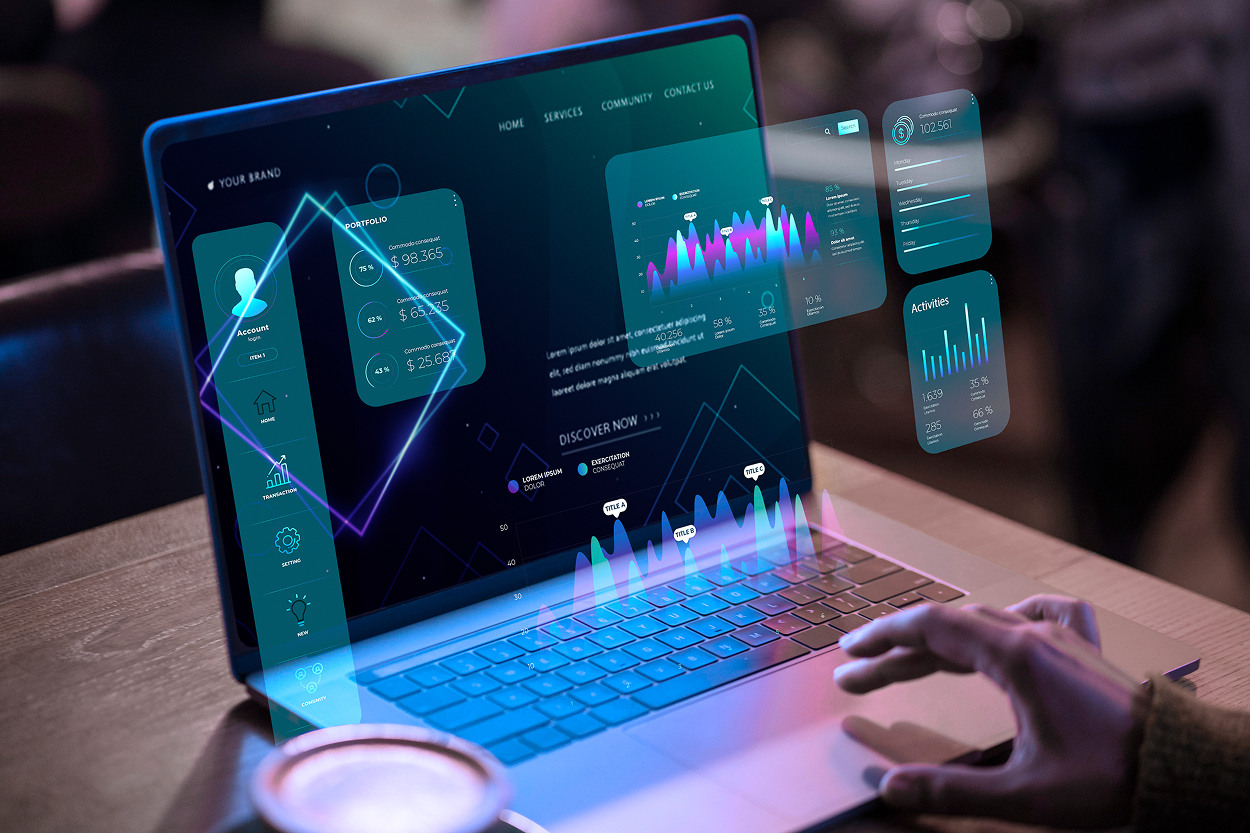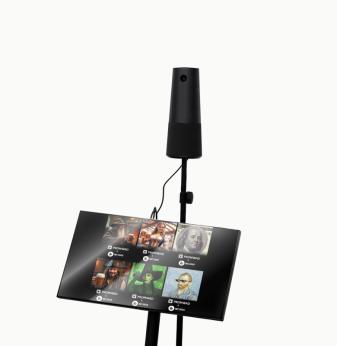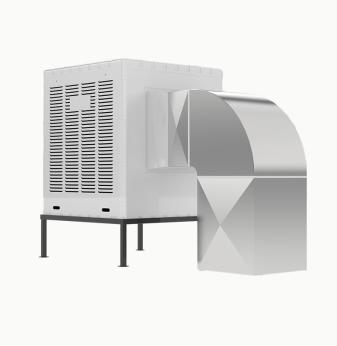Top AI Trends in Edge Devices: What Engineers Need to Know

Introduction: AI at the Edge Becomes Mainstream
In 2025, AI at the edge is no longer a futuristic vision — it’s a baseline expectation across sectors like automotive, healthcare, smart homes, industrial automation, and wearables.
From wake word detection to real-time object recognition, edge AI enables responsive, private, and energy-efficient intelligence close to the source of data. But as capabilities grow, so do the challenges — including model complexity, security, and lifecycle management.
This article highlights the top trends shaping the next generation of AI-enabled edge devices — with insights for engineers, product managers, and embedded developers.
1.TinyML: Ultra-Compact AI on Microcontrollers
What’s driving it:
- MCU vendors now embed NPUs (Neural Processing Units) and DSPs optimized for quantized ML models
- Open frameworks like TensorFlow Lite Micro, CMSIS-NN, and microTVM have matured
Popular use cases:
- Voice command recognition on wearables
- Predictive maintenance via vibration analytics
- Smart lighting, thermostats, gesture-based UI
Design challenges:
- Model compression and quantization without accuracy loss
- SRAM and Flash optimization for inference
- Low-latency wake-on-event pipelines
TinyML is turning low-cost, battery-powered MCUs into intelligent agents.
2.Edge-Cloud AI Orchestration
The problem:
Not all inference can happen at the edge — but sending raw data to the cloud is costly, slow, and often privacy-sensitive.
What’s trending:
- Hierarchical AI: basic filtering locally, complex models in the cloud
- Dynamic model offloading based on latency or compute thresholds
- Federated learning to update edge models without sharing data
Toolchains involved:
- NVIDIA TAO + Triton
- AWS Greengrass ML Inference
- GCP Edge AI Toolkit
Modern edge devices are collaborative participants in distributed AI pipelines.
3.Hardware Acceleration Goes Vertical
What's new in 2025:
- Specialized NPUs now coexist with DSPs and GPU blocks on the same SoC
- Some MCUs offer multi-core architecture with separate AI/RTOS domains
Notable platforms:
- NXP i.MX 9 with Ethos-U65 NPU
- Renesas RZ/V2L with DRP-AI core
- MediaTek Genio with integrated ML accelerators
Result: Developers can deploy models using mixed compute fabrics — with performance and energy trade-offs dynamically managed.
4.AI Model Lifecycle Management at the Edge
Why this matters:
Deploying an AI model is just the beginning. Devices in the field may encounter:
- New data distributions
- Model drift and degradation
- Updated requirements from cloud services or apps
Emerging practices:
- On-device A/B testing of inference models
- Delta OTA for AI model updates
- Shadow inference and performance telemetry
Implications: Engineering teams must now treat AI models as updatable software artifacts, not static ROM images.
5.Secure AI Inference and Model Protection
Security concerns:
- Reverse engineering models from firmware
- Adversarial attacks on sensor input
- Tampering with inference pipelines
2025 best practices:
- Model encryption and secure loading at runtime
- Authenticated model provenance (via SBOM, signatures)
- Use of enclaves or TrustZone for model execution
For regulated sectors (e.g., medtech, automotive), secure inference is now a compliance requirement.
6.Multimodal AI at the Edge
Trend:
Devices increasingly fuse multiple data sources:
- Vision + voice (e.g., smart doorbells)
- IMU + acoustic + magnetic (e.g., industrial diagnostics)
- Temperature + motion + pressure (e.g., smart beds, health monitors)
Benefits:
- Improved context and accuracy
- Greater robustness in real-world scenarios
Challenges:
- Sensor fusion complexity
- Time sync, memory budgeting, multi-model coordination
The rise of multimodal edge AI demands new architectural models and data pipelines.
7.Standardization and Tooling Maturity
What's changing:
TinyML and edge AI tooling is shifting from academic to production-grade.
Emerging tools and standards:
- MLIR (Multi-Level Intermediate Representation) for optimization portability
- Edge Impulse Studio with workflow automation
- ONNX Runtime for MCUs
- Embedded AI benchmarks (e.g., MLPerf Tiny)
Tool maturity is removing barriers for non-ML engineers to deploy edge intelligence.

Comparison Table: AI Trends and Impact on Edge Design
| Trend | Key Benefit | Design Implication |
| TinyML | AI on MCUs under 100 MHz | SRAM optimization, quantization strategy |
| Edge-Cloud Orchestration | Flexible compute & lower latency | Dynamic model loading, hybrid pipelines |
| Hardware Acceleration | 10–100x faster inference | Platform-specific SDKs, toolchain selection |
| AI Lifecycle Management | Field adaptability & versioning | OTA ML updates, performance metrics |
| Secure Inference | IP protection & attack resistance | Secure boot, TrustZone, model encryption |
| Multimodal Fusion | More context-aware AI | Sync, buffer design, fused networks |
| Tooling Maturity | Faster prototyping & deployment | Automation, team collaboration |
8.Platform Selection Guide for Common Edge AI Use Cases
Selecting the right hardware-software platform is critical for achieving the best trade-off between performance, power, and development effort. Below is a quick guide based on typical application domains:
Smart Home and Consumer IoT
- Recommended SoCs: ESP32-S3, Nordic nRF54, NXP i.MX RT1170
- AI Stack: ESP-DL, TensorFlow Lite Micro, Edge Impulse
- Priorities: Cost, OTA model updates, audio/gesture ML
Industrial Monitoring and Predictive Maintenance
- Recommended SoCs: ST STM32H7 with DSP, Renesas RZ/V2L
- AI Stack: CMSIS-NN, DRP-AI Translator, PyTorch Mobile (hybrid)
- Priorities: Vibration AI, multimodal fusion, data logging
Wearables and Health Devices
- Recommended SoCs: Ambiq Apollo4 Plus, nRF54H20, TI CC1352P
- AI Stack: TensorFlow Lite Micro, AI Model Zoo for Vital Sign Monitoring
- Priorities: Biometric ML, ultralow-power, FDA-grade accuracy
Smart Cameras and Vision Sensors
- Recommended SoCs: NXP i.MX 93/95, MediaTek Genio 1200
- AI Stack: Ethos-U NPU SDK, OpenVX, ONNX Runtime
- Priorities: Image classification, object detection, accelerated pipelines
Choosing the right edge AI platform involves balancing toolchain maturity, ecosystem depth, and AI hardware efficiency.
Final Thoughts: The Next AI Frontier Is Embedded
In 2025, AI at the edge is no longer a differentiator — it's becoming a baseline expectation. But success requires more than selecting a powerful SoC or training an accurate model.
To ship robust AI-powered devices, engineering teams must:
- Optimize the full model lifecycle: design, deployment, and update
- Architect for security, extensibility, and observability
- Select toolchains that match product constraints and team workflows
Promwad helps embedded teams build and scale edge AI systems — from NPU-based board design to secure, efficient, and updatable inference pipelines.
Let’s bring intelligence to the edge — together.
Our Case Studies in AI-Powered Design








